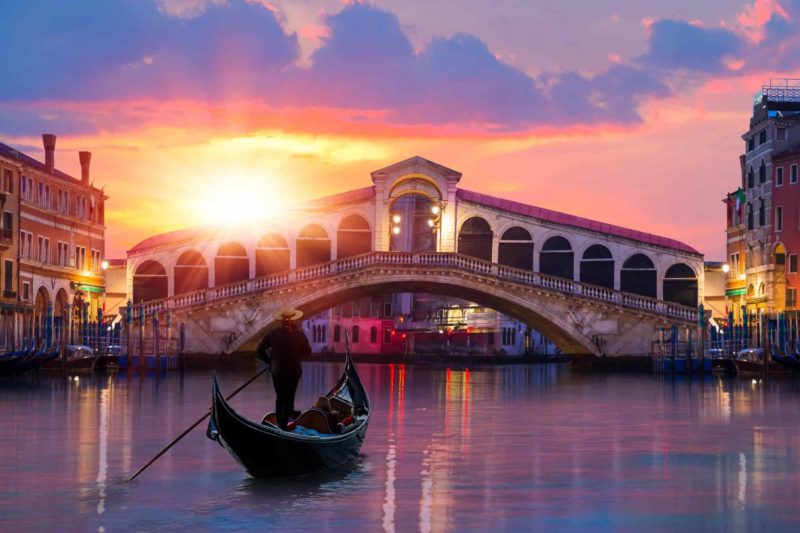THE ENCHANTED JOURNEY
Spain Adventure
- Информация
- Тур план
- Местоположение
- Галерия
- Отзиви
- Допълнителна информация
- Подобни обиколки
- Повече информация
Какво е включено
- A guided tour of important places
- Accommodation in single twin share room
- Beautifully illustrated souvenir map
- Entrance tickets to monuments and museums
- Medical insurance and emergency insurance
- Professionally guided tour
- Current Hotel Taxes and Service Charges
- Departure Taxes or Visa handling fees
- Other International flights
- Personal expenses
- Services not specifically stated in the itinerary
- Tips to guide and driver
- Visa arrangements
Architecture of the Ages
Barcelona’s architectural treasures span 2000-plus years. Towering temple columns, ancient city walls and subterranean stone corridors provide a window into Roman-era Barcino. Fast forward a thousand years or so to the Middle Ages by taking a stroll through the shadowy lanes of the Gothic quarter, past tranquil plazas and soaring 14th-century cathedrals. In other parts of town bloom the sculptural masterpieces of Modernisme, a mix of ingenious and whimsical creations by Gaudí and his Catalan architectural contemporaries. Barcelona has also long inspired artists, including Pablo Picasso and Joan Miró, both of whom have major Barcelona museums devoted to their works.

A Moveable Feast
The masters of molecular gastronomy – Albert Adrià, Carles Abellan et al – are part of the long and celebrated tradition of Catalan cooking. Simple, flavourful ingredients – seafood, jamón (cured ham), market-fresh produce – are transformed into remarkable delicacies and then served in captivating settings. Feast on hearty, rich paella at an outdoor table overlooking the sea or step back to the 1920s at an elegant art nouveau dining room. Barcelona’s wide-ranging palate adds further complexity: Basque-style tapas bars, Galician seafood taverns, avant-garde Japanese restaurants and sinful chocolate shops are all essential parts of the culinary landscape.
Under the Iberian Sun
The deep blue Mediterranean beckons. Sun-drenched beaches make a fine backdrop to a jog, bike ride or long leisurely stroll along the seaside – followed by a refreshing dip. You can also enjoy the view from out on the water while kayaking, stand-up paddleboarding or taking it easy on a sunset cruise. Looming behind the city, the rolling forest-covered Collserola hills provide a scenic setting for hiking, mountain biking or just admiring the view. Closer to the city centre, hilltop Montjuïc offers endless exploring amid botanic and sculpture gardens, an old castle and first-rate museums with panoramic views at every turn.

Twenty-four-hour Party People
The night holds limitless possibilities in Barcelona. Start with sunset drinks on a panoramic terrace or dig your heels in the sand at a rustic beachside chiringuito (bar). As darkness falls, live music transforms the city: the rapid-fire rhythms of flamenco, brassy jazz spilling out of basements, and hands-in-the-air indie-rock at vintage concert halls. Towards midnight the bars fill. Take your pick from old-school taverns adorned with 19th-century murals, plush lounges in lamp-lit medieval chambers or boisterous cava bars. If you’re still standing at 3am, hit the clubs and explore Barcelona’s unabashed wild side.
- Day 1
- Day 2
Plaça Catalunya & Gothic Cathedral
The Plaça de Catalunya is one of Barcelona's most important spots, acting as the meeting point between the old part of the city and the Ensanche. The plaza is one of Spain's largest, with a surface area of 30,000 square metres, and marks the starting point for some of the city's main thoroughfares, like the Ramblas, Paseo de Gracia and Rambla Catalunya.
The term Gothic District refers to a number of streets around the Cathedral. We are at the heart of the old town here; it is a dynamic space that has over the years lived the history that has left his mark on buildings and current urban landscape. There are traces of the roman colony “Barcino” the remains of which can be seen in the basement of the Barcelona’s History Museum on Plaça del Rei. This political centre lived on into mediaeval times, it was here that the first institutions of the territorial and municipal government were located – institutions that have subsequently developed into today’s City Council and the Generalitat or regional Government.
La Pedrera & Casa Batlló
Casa Milá, known as La Pedrera for its stony appearance, was created by Antonio Gaudí between 1906 and 1912, when he was in his creative prime. This spectacular modernist building is located in Barcelona's centrally-located Paseo de Gracia.
With its roof of colored ceramic scales, Casa Batlló or Batlló House is one of the most charismatic buildings in the “Eixample” District and one of Gaudi’s most characteristic works.The highly original façade is topped by ceramic tiles reminiscent of fish scales, in a rhythmicsequence that is set to resemble the backbone of a dragon. The circle Block of Discord is formed by Casa Batlló by Antoni Gaudí, Casa Amatller by Josep Puig i Cadafalch and Casa Lleó I Morera by Lluís Domènech i Montaner, which stands on the corner and it is crownedby an arbor. Nearby, you’ll find the Godia, housed in a magnificent building, the Museu del Modernisme Català, which showcases one of the finest collections of furniture, painting and sculpture from this period, and the Fundació Antoni Tàpies, an example of the early modernista architecture.
Повече за Barcelona
Повече за тази обиколка




There are no comments yet.